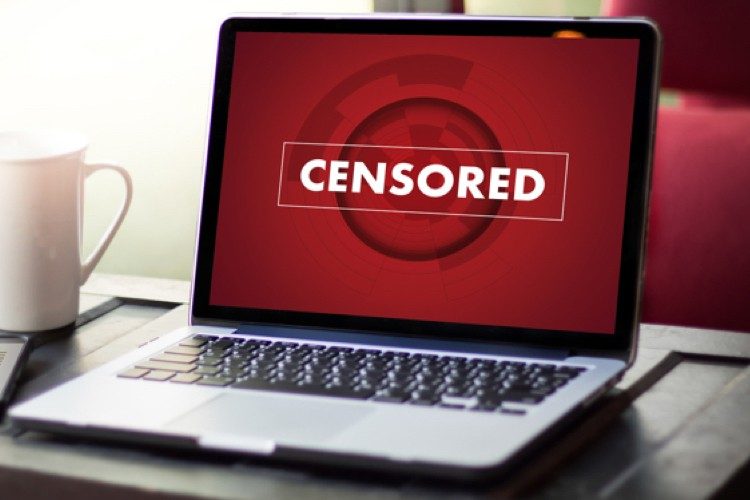
Xiao Qiang, a research scientist at the University of California at Berkeley’s School of Information, recently told media outlets — primarily ProPublica and the New York Times — that Communist China employed a massive propaganda and censorship apparatus last winter to control news about the coronavirus, which originated in Wuhan, China.
China’s propaganda machine went into action following the death of Dr. Li Wenliang on February 7 at a Wuhan hospital. During the weeks before his death from COVID-19, Li was labeled as a whistleblower, because he shared a report of a deadly SARS outbreak (later identified as a new coronavirus, SARS-CoV-2). Wuhan police summoned and admonished him for “making false comments on the Internet about unconfirmed SARS outbreak.”
Xiao, a native of China who became the executive director of the New York-based organization Human Rights in China from 1991 to 2002, said that China’s propaganda and censorship operation surpasses that of any other nation in the world.
“This is a huge thing,” Xiao told the media outlets. “No other country has that.”
The ProPublica report noted that Chinese officials went to work suppressing the news about Li and ordered news websites not to issue push notifications alerting readers to his death. Chinese censors told social-media platforms to gradually remove Li’s name from trending topics pages. They also activated an army of fake online commenters to flood social-media sites with distracting chatter, stressing the need for discretion: “As commenters fight to guide public opinion, they must conceal their identity, avoid crude patriotism and sarcastic praise, and be sleek and silent in achieving results,” Xiao told ProPublica .
China’s efforts to smother news about the coronavirus were discovered among thousands of secret government directives and other documents that were reviewed by the New York Times and ProPublica. However, these documents only confirm what President Trump and The New American have been reporting since the earliest days of the COVID pandemic. Trump’s move to limit travel from China in the early days of the pandemic, despite severe opposition from Democrats, is still credited as saving many American lives. Trump issued a proclamation on January 31 that stated, “The United States has confirmed cases of individuals who have a severe acute respiratory illness caused by a novel (new) coronavirus (‘2019-nCoV’) (‘the virus’) first detected in Wuhan, Hubei Province, People’s Republic of China (‘China’). The virus was discovered in China in December 2019.”
The proclamation went on to state:
The entry into the United States, as immigrants or nonimmigrants, of all aliens who were physically present within the People’s Republic of China, excluding the Special Administrative Regions of Hong Kong and Macau, during the 14-day period preceding their entry or attempted entry into the United States is hereby suspended….
Leaked documents from the Hubei Provincial Center for Disease Control and Prevention revealed how Chinese officials handled the outbreak of COVID-19 when it first appeared. The documents noted that back on February 10, when China officially reported 2,478 new confirmed cases nationwide, Hubei actually circulated a different total of 5,918 newly reported cases.
“A lot of the suspected cases there should have been included with the confirmed cases,” the report quoted Yanzhong Huang, senior fellow for global health at the Council on Foreign Relations, who reviewed the documents and found them to be authentic.
“The numbers they were giving out were conservative, and this reflects how confusing, complex and chaotic the situation was,” Huang added.
Or perhaps China lied to the outside world about the number of people who caught the virus, and the media is portraying China’s behavior as a result of systemic failures, not an overt cover-up.
As we noted December 6,
For almost two weeks between January 5 and January 17, China officially recorded no new cases of the virus when in fact, hundreds were infected, as officials delayed ordering travel bans, bans on gatherings, and city-wide lockdowns.
While it is impossible to say for certain, one study suggested that had those actions been taken two weeks earlier, it could have reduced the overall number of cases by 86 percent — which might have been enough to stop the pandemic.
Related articles:
Leaked Documents Show How China Mishandled COVID-19 Response
China Expert: Covid-19 Probably “Deliberate Leak”; Could Be “Act of War”
Trump Tells UN We Must Hold China Accountable for Unleashing Coronavirus on World


